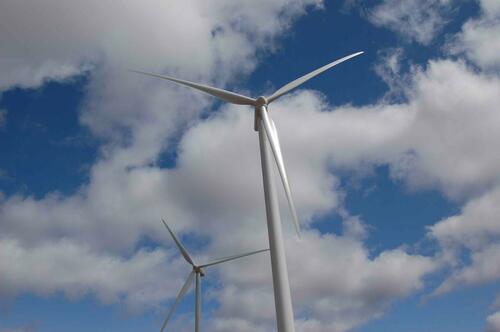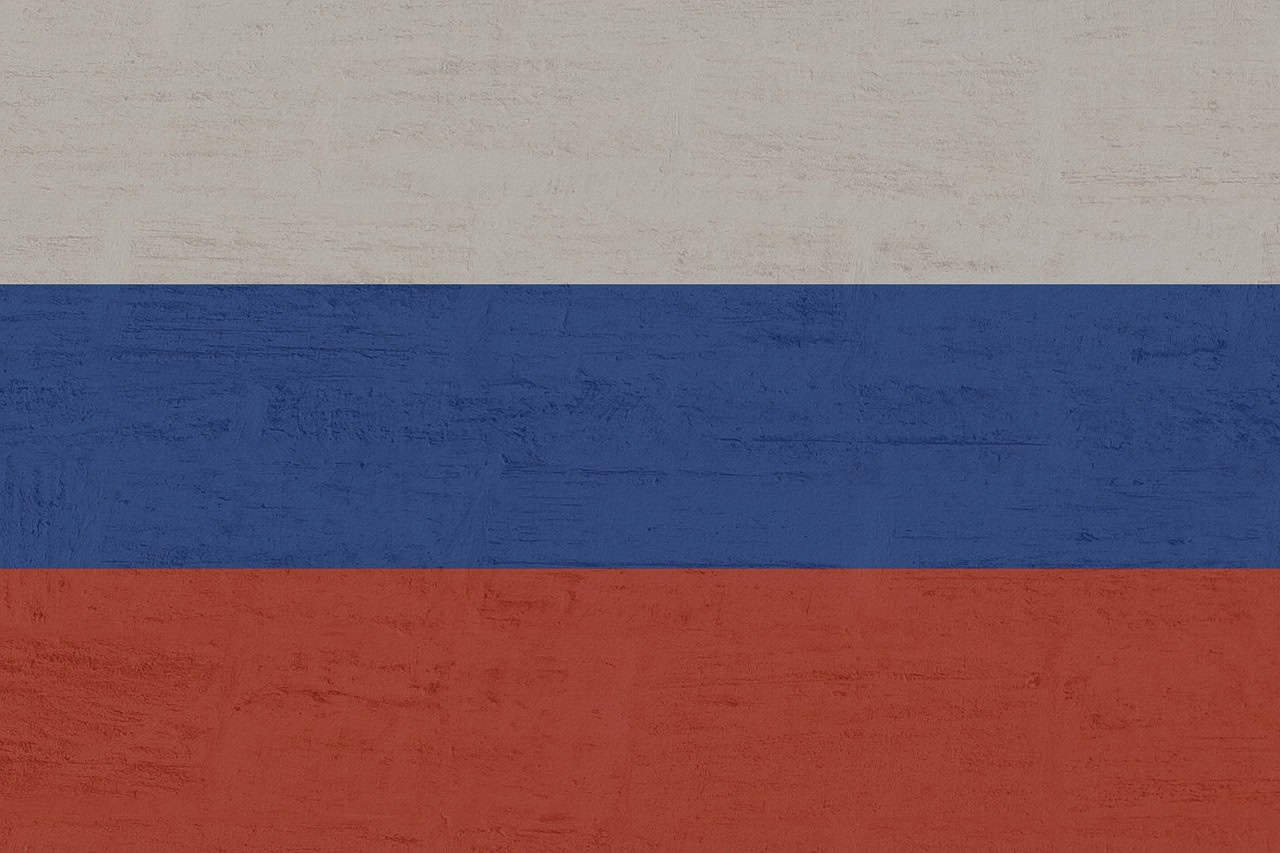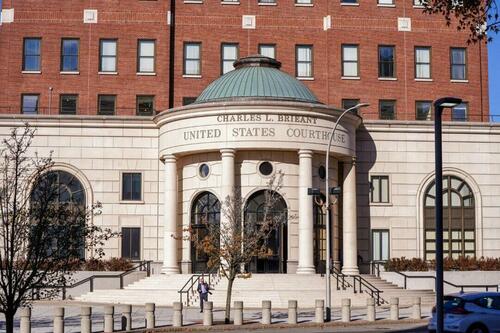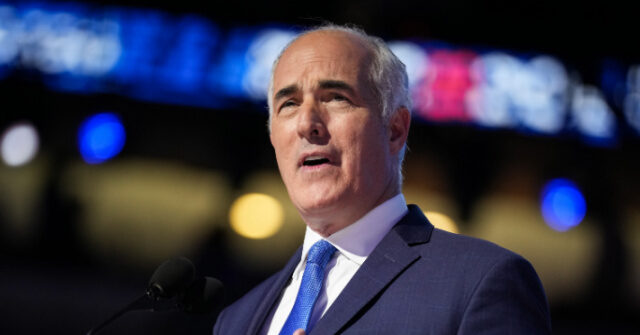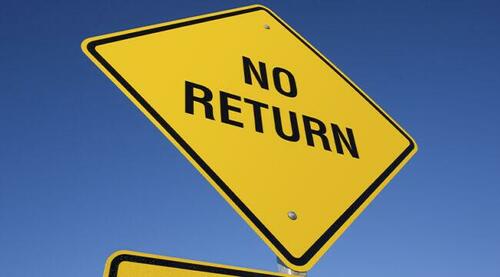
Authored by James Rickards via DailyReckoning.com,
- Should the U.S. national debt be considered an actual crisis?
- Does it have the destructive power of a hurricane, tornado, earthquake or other crisis?
The short answer is yes but the full explanation requires a financial history lesson.
The first point to understand is that debt can be good or bad. Deciding which depends on two criteria: What is the cost of the debt relative to the returns that can be gained from investing it wisely? And what is the size of the debt relative to the income available to repay it or roll it over?
These points can be illustrated with simple examples.
If a government borrows for 10 years at an interest rate of 4.0% (the current rate on 10-year Treasury notes) and builds infrastructure that will produce economic gains of 10.0% or more for an indefinite period of time (with maintenance), that’s clearly a good use of borrowed money.
That example applies to major projects such as the interstate highway system launched under Eisenhower and the moon landing project launched under Kennedy.
But money borrowed to finance boondoggles such as the Green New Scam or to give handouts to illegal immigrants who don’t speak English, don’t have skills and in many cases are murderers or terrorists is plainly wasteful. Those uses for debt are non-productive and do nothing to enable the country to pay it back.
The U.S. national debt today is about $35.7 trillion. (Note: That figure is Treasury debt only. It ignores contingent liabilities for unpaid student loans, Social Security, Medicare, mortgage guarantees, unfunded FDIC insurance liabilities and much more). Is that a big number? It depends.
Suppose you owe $50,000 on a revolving credit line of Mastercard. Is that a problem? If you make $30,000 per year and don’t expect a big raise or a business success, then it’s a huge problem.
On the other hand, if you make $500,000 per year, the debt is entirely manageable and you can probably pay it off just by writing a check. In other words, debt’s a problem (or not) depending on the income available to pay it off.
The same is true for countries. The national debt is a problem (or not) depending on the income available to pay it off.
A good proxy for national income is the gross domestic product (GDP). By expressing the national debt as a percentage of GDP (Debt/GDP = r, where r is the ratio), you get a good idea of whether the debt is excessive.
Economists agree that a 30% debt-to-GDP ratio is entirely comfortable. It’s like owing $150,000 when you make $500,000.
As the debt-to-GDP ratio climbs, two adverse conditions result. The first is that the return on investment (sometimes called the Keynesian multiplier) declines.
Borrowing and spending a dollar at a 30% ratio might produce a 140% return. Borrowing and spending the same dollar at a 60% ratio produces only a 110% return. This is why the Maastricht Treaty that governs EU fiscal policy places a cap of 60% on the debt-to-GDP ratio of member states. (This cap is widely ignored.)
Below, I show you how the U.S. has reached the point of no return(s). There’s only one way out, but it’s just as bad as the problem. I also show you how to protect your wealth in the times ahead.
Read on…
The Point of No Return(s)
Research makes it clear that a debt-to-GDP ratio of 90% is a threshold. That is the point at which the return of each dollar borrowed and spent is less than $1.00. This means that not only do you not get your dollar back, you add more to the numerator (debt) than you do to the denominator (GDP), which makes the ratio even worse and lowers the return on the next dollar borrowed and spent.
That’s a mathematical way of saying you can’t borrow your way out of a debt trap. Where does that leave the United States today? As noted, the national debt is $35.7 trillion. GDP is estimated at $28.7 trillion. That produces a debt-to-GDP ratio of 124%, the highest in U.S. history.
Obviously, that ratio is well above the 90% red line and is getting worse by the minute as U.S. deficit spending skyrockets while growth stalls. The U.S. debt-to-GDP ratio will soon be pushing toward 130% and higher. That’s a level reached by failed states like Lebanon and super-debtors like Greece.
Has it always been this way? Not at all. It would be nice to believe the U.S. began under George Washington in 1789 as a debt-free nation, but that was not true. The U.S. agreed to assume the Revolutionary War debt of the individual states and the Continental Congress instead of allowing that debt to go into default, so the country began in debt.
It was Alexander Hamilton’s great insight that the U.S. could borrow more money through the U.S. Treasury to pay off the war debt. That would establish the U.S. as a good credit and enable the country to keep borrowing, both for new investment and to retire maturing debt by rolling over old debt for new debt.
That was the origin of the U.S. Treasury securities market, and it has been going strong for 235 years. The First Bank of the United States (1791–1811) and the Second Bank of the United States (1816–1836) were each established to facilitate the process of buying Treasury debt for bank notes, a type of bank money that allowed the government to pay bills and conduct business.
Most assume the U.S. national debt has been going up continuously since George Washington. That’s not true. In fact, President Andrew Jackson took the national debt to zero in 1835. The national debt (adjusted for inflation and expressed as a percentage of GDP) has moved in more of a sine wave than a straight line. That wave corresponds to the fact that debt goes up in times of war and is then reduced in times of peace.
This pattern of increasing debt to fight wars then decreasing debt during times of peace was remarkably consistent for most of American history (from The War of 1812 through Vietnam).
The debt increases were widely supported as necessary to win wars. The debt consolidation stages were widely viewed as times of wealth creation and prosperity (with brief exceptions for bank panics).
The sine wave pattern was perhaps best illustrated during the 45-year period from 1945–1990. In 1945, at the end of World War II, the U.S. debt-to-GDP ratio was 120%, the highest ever before today. Between 1945–1980, the ratio dropped from 120% to 30%, an entirely comfortable level.
This was done on a bipartisan basis. Democrats (Truman, Kennedy, Johnson, Carter) joined Republicans (Eisenhower, Nixon, Ford) in a multidecade effort to get the ratio under control. Importantly, this was not done by reducing the debt. It was done by growing the economy. If you expand the GDP denominator faster than the debt numerator, the ratio drops even if the debt grows.
Between 1980 and 1988, the ratio grew again under Ronald Reagan. President Reagan had a reputation as a fiscal conservative, but he was actually a big spender. To his credit, the money was spent on a 600-ship Navy, technology and the missile-interceptor program mocked as “Star Wars” but actually realized today in Patriot anti-missile batteries and other defense technologies.
Most importantly, Reagan won the Cold War. The Cold War was fought continuously from 1946–1991. George H.W. Bush was president when the Soviet Union dissolved.
Still, Reagan was the decisive actor because his defense buildup convinced Soviet General Secretary Gorbachev that Russia couldn’t keep up with the U.S. and needed to reform through glasnost (“opening”) and perestroika (“restructuring’). Those and other reforms led quickly to the collapse of the Soviet state and the emergence of the Russian Federation.
Still, the cost was high. The U.S. debt-to-GDP ratio rose from 30% when Reagan took office to 53% when he left office. From there, the historic pattern would have called for gradual reduction in the ratio. That didn’t happen.
The best that can be said is that George H.W. Bush and Bill Clinton kept it under control from 1990–2000. It rose slightly to about 56% but did not surge. From there, the ratio ran off the rails.
It went up to about 82% under George W. Bush (still below the 90% critical threshold), then exploded under Barack Obama. The debt-to-GDP ratio reached 100% by the end of Obama’s two terms in 2017. This trend continued under Trump and Biden to bring us to the 124% level today.
There were wars during the period 2000–2024 (War on Terror, Iraq War, War in Afghanistan and U.S. support for the wars in Ukraine and Israel) but the U.S. did not win any of those wars. At best, they were fought to a standstill (War on Terror) and at worst they ended in humiliating defeat (Afghanistan). There was also wasteful spending that had nothing to do with wars including pandemic relief, illegal immigration and the Green New Scam.
The U.S. had lost its ability to win wars and lost the will to reduce spending in times of peace. The debt-to-GDP ratio was now a steeply pitched slope instead of a gently curved sine wave.
There’s no need for default because we can always print the money. There’s no way to grow out of it because the high debt ratio inhibits real growth. The only solution is high inflation where the nominal debt may go up, but the real value of the debt shrinks dramatically. Unfortunately, the value of your stock portfolio will shrink dramatically as well.
The remedy for this crisis and threat to your wealth and well-being is a portfolio of inflation-proof assets including land, gold, silver, fine art, natural resources and some cash (invested at yields higher than inflation) for liquidity and bargain hunting when the time comes.
Don’t expect your stocks to save you. They won’t.
Loading…
Originally Posted at; https://www.zerohedge.com//

